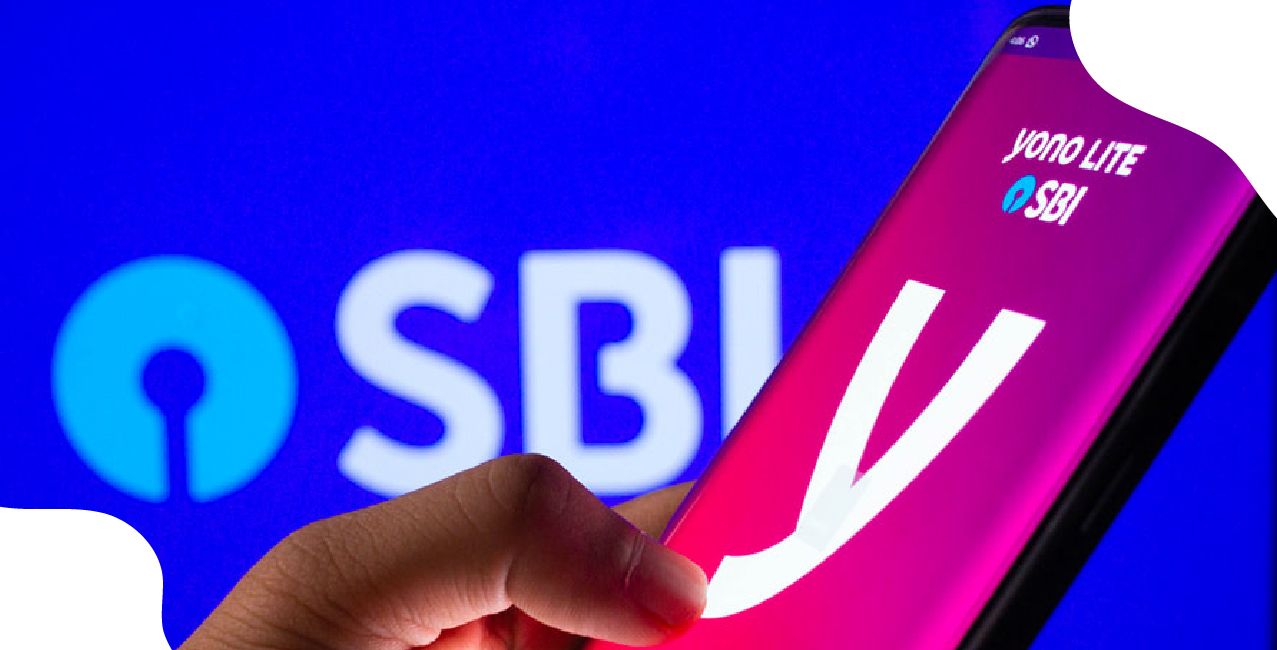
Author
LoansJagat Team
Read Time
5 Min
11 Aug 2025
What Is SME IPO? Meaning, Process & How To Invest In SME Stocks
An SME IPO allows a small or medium-sized company to raise money by offering its shares to the public.
For example, a small manufacturing firm named ABC Private Ltd.. After 10 years of steady operations, it plans to expand its factory and invest in new machinery. For this, the company needs ₹12 crore. It does not want to take any large bank loan.
So, it chooses to launch an SME IPO to raise ₹12 crore from public investors. This not only helps the company get funds but also improves its market reputation.
In recent years, an increasing number of businesses have begun using SME IPOs to raise capital for expansion. Investors are also paying attention as these IPOs offer the chance to invest in companies at early stages of growth.
This blog will walk you through what SME IPOs are, how the process works, and how you can invest in them.
Meaning Of SME IPO
SME stands for Small and Medium Enterprises. An SME IPO is when such companies list their shares on a dedicated exchange platform and offer them to the public.
These platforms include NSE Emerge and BSE SME. These are specially designed to handle the needs of smaller companies. The key details of SME IPO include the following:
The table above highlights the features that make SME IPOs more suitable for informed investors with a higher risk appetite.
Read More – How to Buy Unlisted Shares in India – Complete Guide
Eligibility For Launching An SME IPO
All small and medium-sized companies are not eligible for the SME route. There are certain eligibility conditions that they must meet. These include:
The above-mentioned checks make sure the business is stable and capable of managing public funds responsibly.
Process Of SME IPO
The process of launching an SME IPO follows a structured timeline. The following table shows how it usually goes:
This fast-track process ensures that SMEs get quicker access to funds. The following table shows the usual time taken at each stage:
The above-mentioned table helps you understand the timeline of the process.
Also Read - How to Buy Shares – Beginner’s Step-by-Step Guide
How To Invest In SME Stocks?
If you are planning to invest in SME stocks, then you need practical steps to make informed and confident decisions. The following table mentions the essential steps to invest in SME stocks:
If you follow the above-mentioned steps carefully, then it can help you invest wisely in SME stocks and manage your risks more effectively.
Conclusion
You might have understood by now that SME IPOs give both businesses and investors a unique platform.
For small companies, it is a chance to raise capital and grow. For investors, it is a way to invest in future leaders at a relatively early stage.
However, you as an investor need to be cautious. You should evaluate each offer carefully, understand the business fundamentals, and be aware of market risks.
With some smart planning and risk awareness, you can make SME IPOs a rewarding part of your investment journey.
FAQs
1. Are SME IPOs riskier than regular IPOs?
Yes, due to their smaller scale and liquidity.
2. How can I apply for SME IPOs?
You can submit your IPO application via ASBA on your bank’s netbanking.
3. What documents should I check before applying for SME stocks?
You can review the prospectus and financial records.
4. How can I check SME IPO allotment status?
You can check on the registrar’s website or the BSE SME or NSE Emerge IPO allotment status page.
5. Are SME IPO shares held in Demat form?
Yes, all SME IPO shares are compulsorily issued in electronic (Demat) format.
Other Related Pages | |||
About the Author

LoansJagat Team
‘Simplify Finance for Everyone.’ This is the common goal of our team, as we try to explain any topic with relatable examples. From personal to business finance, managing EMIs to becoming debt-free, we do extensive research on each and every parameter, so you don’t have to. Scroll up and have a look at what 15+ years of experience in the BFSI sector looks like.

Quick Apply Loan
Subscribe Now


